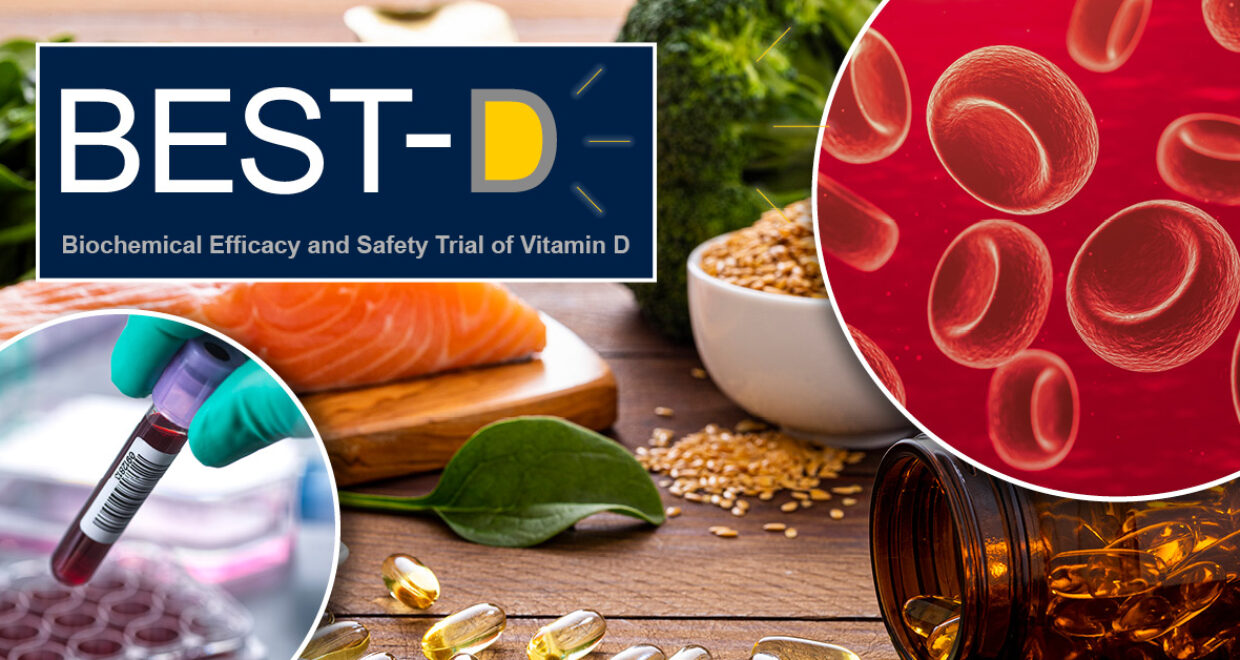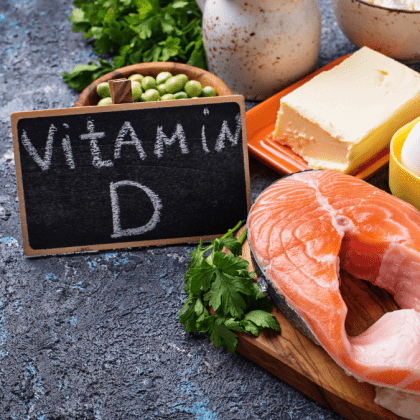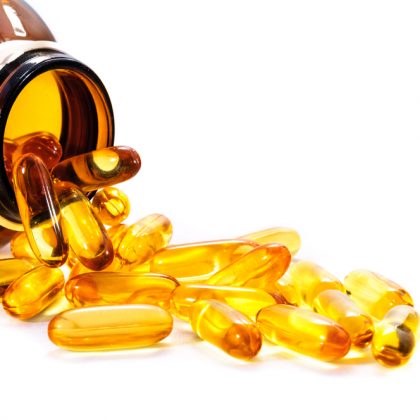Can Vitamin D Improve Iron Levels in Older People? A New Study Says No
The Paper of the Month for July is ‘Effect of supplementation with vitamin D on biochemical markers of iron status and erythropoiesis in older people: BEST-D trial‘. The blog is written by author Abigail A. Lamikanra, Jane Armitage, David J. Roberts, and the paper is published in the British Journal of Nutrition.
Vitamin D is often hailed as a ‘wonder’ nutrient, credited with benefits ranging from bone health to immune support. But could it also help with iron absorption, particularly for older people? A recent clinical trial—the BEST-D study—set out to answer this question. The verdict? Vitamin D supplementation is unlikely to make a meaningful difference to iron levels in older people.
This study reinforces the importance of evidence-based research in guiding effective treatments and ensuring the best possible health outcomes for older people.
What Did the Study Investigate?
Some individuals struggle to absorb iron from food or supplements, leading to deficiencies that affect their overall health. Researchers were curious about whether vitamin D could influence iron levels by reducing the activity of hepcidin, the body’s master regulator of iron. Previous, smaller studies suggested a possible link, but they either focused on younger individuals or hospitalized patients—not healthy older people living in the community.
To test this, 305 healthy men and women over the age of 65 took part in a double-blinded trial, meaning neither they nor the researchers knew who was receiving vitamin D supplements and who was given a placebo. This approach ensured unbiased results. Participants were randomly allocated to receive one daily soft gel capsule containing vitamin D3 (4000IU or 2000IU) or a matching placebo, ‘dummy’, capsule for 12 months.
What Were the Findings?
Participants taking vitamin D daily experienced a two-fold increase in the storage form of the vitamin – 25(OH)D- in their blood after 6 months, which remained elevated while treatment was taken for another 6 months without any side effects. The average level of 25(OH)D in their blood at 12 months was 119nmol/l compared to 53nmol/l in the control group. Despite this increase, measurements of up to five different markers of iron status showed no significant changes in levels.
Why Is This Important?
Iron deficiency can contribute to anemia and other health complications, and scientists are keen to find new ways to prevent and treat it. This study helps to redirect research efforts toward more effective solutions rather than pursuing vitamin D as a potential intervention for iron deficiency. While vitamin D remains an essential nutrient, those looking to improve iron levels in later life may need to look elsewhere.
Each month a paper is selected by one of the Editors of the six Nutrition Society Publications (British Journal of Nutrition, Public Health Nutrition, Nutrition Research Reviews, Proceedings of the Nutrition Society, Journal of Nutritional Science and Gut Microbiome). Take a look at the entire Nutrition Society Paper of the Month Collection.






